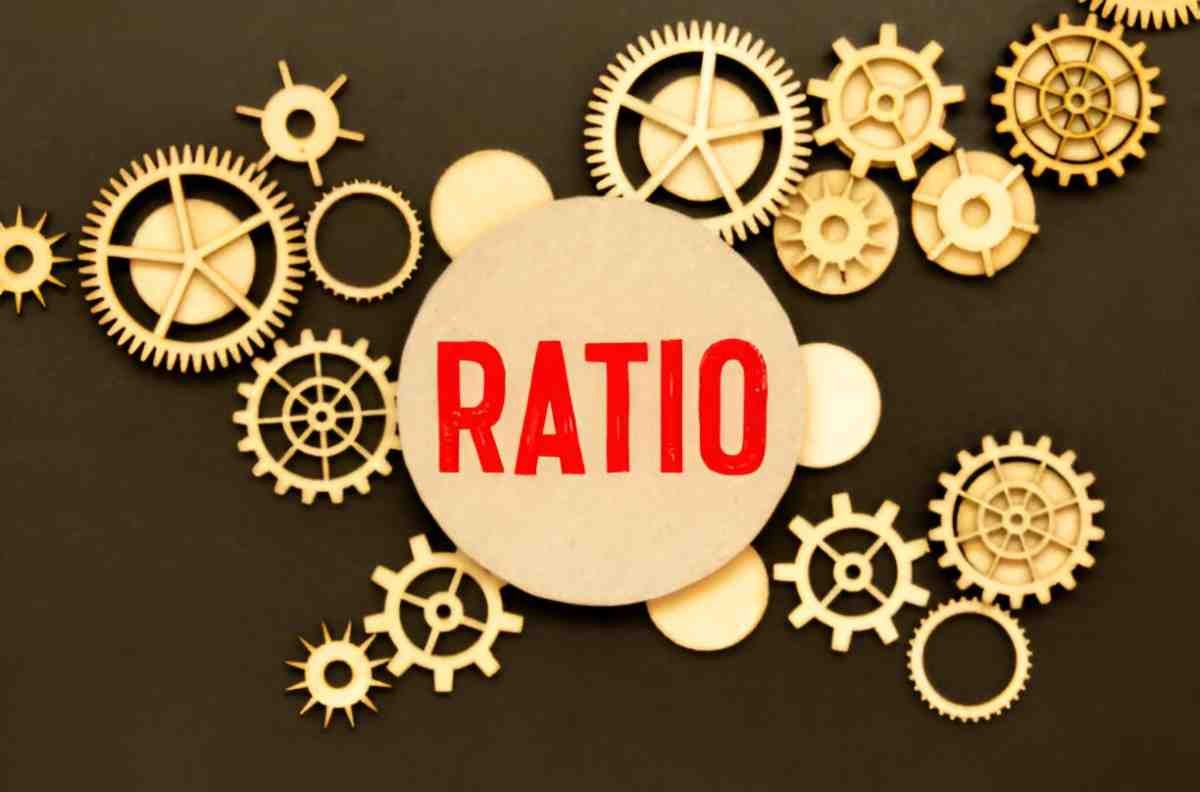As a financial analyst, I often evaluate a company’s financial health by examining its gearing ratio—a key metric that reveals how much a firm relies on debt versus equity. Whether you’re an investor, a business owner, or a finance student, understanding gearing ratios helps you assess risk, stability, and long-term viability. In this article, I’ll explain what gearing ratios are, how to calculate them, and why they matter in real-world financial decision-making.
Table of Contents
What Is a Gearing Ratio?
A gearing ratio measures a company’s financial leverage by comparing its debt to equity or other capital sources. It shows how much a business is funded by creditors (debt) versus shareholders (equity). High gearing means more debt, increasing risk but also potential returns. Low gearing suggests conservative financing, which may limit growth but improve stability.
Key Components of Gearing Ratios
- Debt: Loans, bonds, and other borrowings.
- Equity: Shareholder investments and retained earnings.
- Capital Employed: Total debt + equity (the company’s total funding sources).
Types of Gearing Ratios and Their Formulas
There are several ways to measure gearing, each offering a different perspective:
1. Debt-to-Equity Ratio (D/E)
This compares total debt to shareholders’ equity.
\text{Debt-to-Equity Ratio} = \frac{\text{Total Debt}}{\text{Total Equity}}Example:
- Total Debt = $500,000
- Total Equity = $1,000,000
- D/E Ratio = 0.5 (or 50%)
A ratio above 1 means more debt than equity, indicating higher financial risk.
2. Equity Ratio
This shows how much of the company’s assets are financed by equity.
\text{Equity Ratio} = \frac{\text{Total Equity}}{\text{Total Assets}}Example:
- Total Equity = $1,000,000
- Total Assets = $2,000,000
- Equity Ratio = 0.5 (or 50%)
A higher ratio (e.g., 60%+) suggests lower reliance on debt.
3. Debt Ratio
This measures the proportion of assets financed by debt.
\text{Debt Ratio} = \frac{\text{Total Debt}}{\text{Total Assets}}Example:
- Total Debt = $800,000
- Total Assets = $2,000,000
- Debt Ratio = 0.4 (or 40%)
A ratio above 0.5 (50%) is considered high risk.
4. Interest Coverage Ratio
This assesses a company’s ability to pay interest on debt.
\text{Interest Coverage Ratio} = \frac{\text{EBIT}}{\text{Interest Expense}}Example:
- EBIT (Earnings Before Interest & Taxes) = $200,000
- Interest Expense = $50,000
- Interest Coverage Ratio = 4
A ratio below 1.5 signals financial distress.
Why Gearing Ratios Matter
1. Risk Assessment
High gearing means higher financial risk—if revenues drop, debt obligations may become unsustainable.
2. Investor Confidence
Investors prefer balanced gearing. Too much debt scares them; too little may suggest underutilized growth opportunities.
3. Loan Approvals
Banks check gearing ratios before lending. A high ratio may lead to higher interest rates or loan rejection.
4. Business Strategy
Companies with low gearing may take on more debt to expand, while highly geared firms may focus on repayment.
Industry-Specific Gearing Benchmarks
| Industry | Typical Gearing Ratio | Reason |
|---|---|---|
| Technology | 0.3–0.5 | Low debt due to high equity funding (VCs, startups) |
| Manufacturing | 0.6–1.0 | Capital-intensive, needs loans for machinery |
| Utilities | 1.0–1.5 | Stable cash flows allow higher debt |
| Real Estate | 1.5+ | Heavy reliance on mortgages & loans |
How to Improve Gearing Ratios
Reducing Debt
- Pay off loans early.
- Refinance at lower interest rates.
Increasing Equity
- Issue new shares.
- Reinvest profits (retained earnings).
Optimizing Assets
- Sell underperforming assets.
- Improve working capital management.
Real-World Example: Tesla vs. Ford
| Company | Debt-to-Equity Ratio (2023) | Analysis |
|---|---|---|
| Tesla | 0.15 | Very low debt, relies on equity & profits |
| Ford | 2.3 | High debt due to manufacturing costs |
Tesla’s low gearing suggests financial flexibility, while Ford’s higher ratio reflects its capital-intensive operations.
Limitations of Gearing Ratios
- Ignores Cash Flow: A company may have high debt but strong cash flow to cover it.
- Industry Variations: Some sectors (like real estate) naturally have higher gearing.
- Short-Term vs. Long-Term Debt: Not all debt is equally risky.
Final Thoughts
Gearing ratios are essential for evaluating financial health. A balanced approach—neither too much debt nor too little—is ideal for sustainable growth. Investors, lenders, and business owners should analyze multiple ratios (not just one) for a complete picture.





